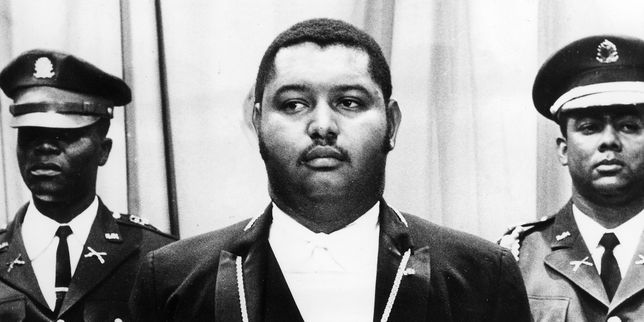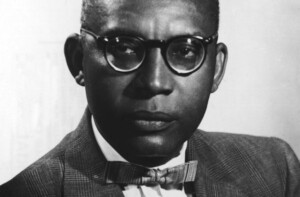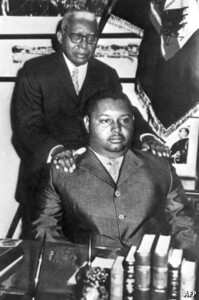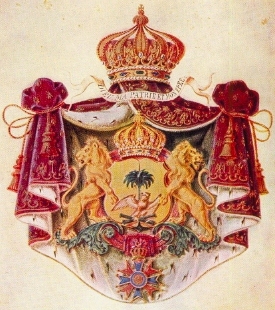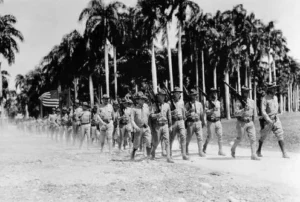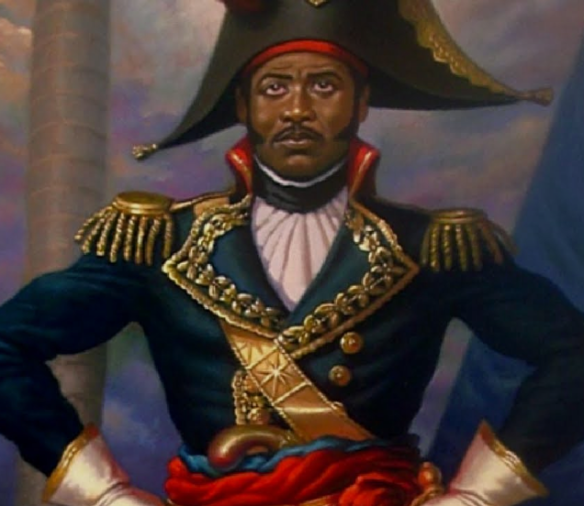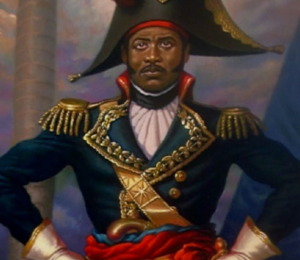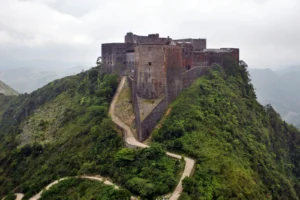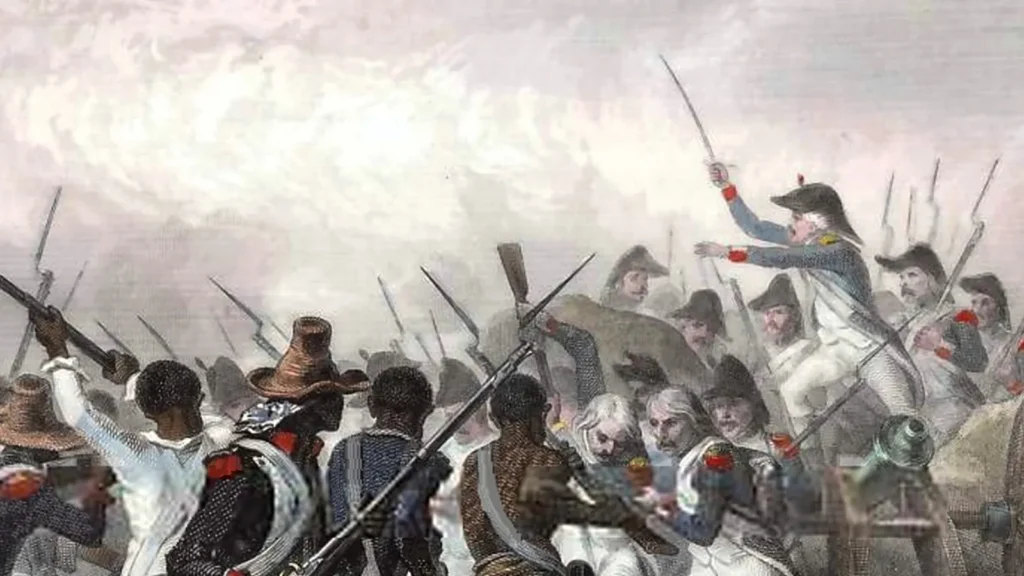Haiti has a rich and vibrant culture that reflects a blend of African, European, and indigenous influences. The country’s history of colonization, slavery, and revolution has shaped its cultural identity, music, art, religion, and social dynamics.
Cultural Heritage:
- African Influence: The legacy of the transatlantic slave trade is evident in Haiti’s cultural expressions. Many Haitians are descendants of African slaves, and their traditions, languages, and religious practices have had a profound impact on Haitian culture.
- Creole Language: Haitian Creole, a blend of French and African languages, is the primary language spoken by the majority of the population. While French is also an official language, Creole serves as a unifying linguistic element of Haitian identity.
Religion:
- Vodou: Vodou, often spelled as Voodoo or Vodun, is a syncretic religion that blends African spiritual beliefs with elements of Christianity. It holds a significant place in Haitian culture and spirituality. Vodou ceremonies, rituals, and beliefs are deeply integrated into the lives of many Haitians.
- Christianity: Christianity, particularly Roman Catholicism, is also practiced by a large portion of the population. The intertwining of Vodou and Catholicism has created a unique religious syncretism in Haiti.
Art and Music:
- Visual Arts: Haitian art is characterized by vibrant colors, intricate designs, and a strong connection to spirituality. Paintings, sculptures, and other artistic forms often depict scenes from everyday life, historical events, and spiritual symbols.
- Music and Dance: Music plays a central role in Haitian culture. Traditional rhythms and instruments fuse with modern styles to create a diverse musical landscape. Compas (kompa) is a popular dance music genre, while Rara music is associated with traditional celebrations and parades.
Literature and Oral Tradition:
- Oral Tradition: Storytelling, proverbs, and folktales are essential components of Haitian culture. These oral traditions pass down knowledge, values, and historical narratives from one generation to the next.
- Literature: Haitian literature has produced influential writers such as Jacques Roumain, Marie Vieux-Chauvet, and Edwidge Danticat. Literature often addresses themes of identity, history, social issues, and the Haitian experience.
Social Dynamics:
- Family and Community: Family holds a central place in Haitian society. Extended families often live together and provide support to one another. Community bonds are also strong, with communal events and gatherings playing a crucial role in daily life.
- Poverty and Inequality: Haiti has faced significant economic challenges, resulting in widespread poverty and inequality. Access to education, healthcare, and basic services can be limited for many Haitians, contributing to social disparities.
- Political Activism and Social Movements: Throughout its history, Haiti has been marked by political activism and movements for social change. Protests, demonstrations, and grassroots efforts have played a role in shaping the country’s political landscape.
Conclusion:
Haiti’s culture and society are a complex interplay of historical legacies, spiritual practices, artistic expressions, and social dynamics. The fusion of African, European, and indigenous influences has given rise to a distinct and diverse cultural identity. Despite challenges such as poverty and political instability, the resilience and creativity of the Haitian people continue to shape the country’s cultural landscape and contribute to its ongoing cultural evolution.
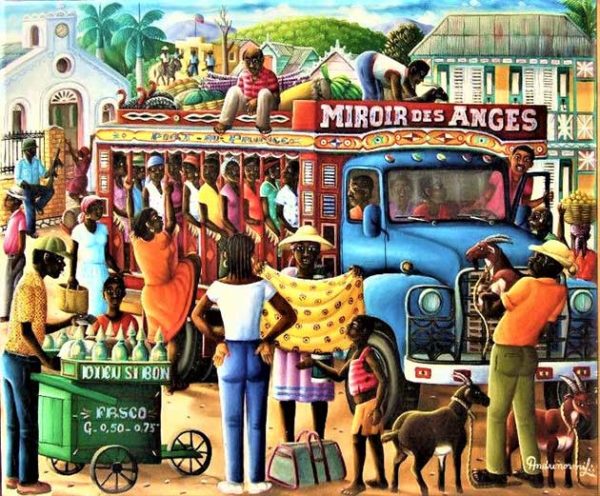



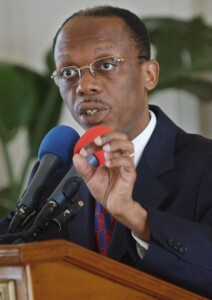 Aristide went into exile, and a military-led regime ruled the country, committing human rights abuses and suppressing dissent. In response to the political crisis and human rights violations, international pressure and sanctions were imposed on Haiti.
Aristide went into exile, and a military-led regime ruled the country, committing human rights abuses and suppressing dissent. In response to the political crisis and human rights violations, international pressure and sanctions were imposed on Haiti.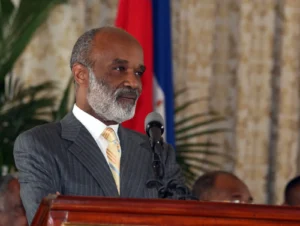 Cholera Outbreak and Ongoing Challenges: In the aftermath of the earthquake, Haiti faced another crisis when a cholera outbreak occurred in October 2010. The outbreak was linked to a United Nations peacekeeping base, and it resulted in thousands of deaths and further strained the country’s already fragile healthcare system.
Cholera Outbreak and Ongoing Challenges: In the aftermath of the earthquake, Haiti faced another crisis when a cholera outbreak occurred in October 2010. The outbreak was linked to a United Nations peacekeeping base, and it resulted in thousands of deaths and further strained the country’s already fragile healthcare system.